
Yachting is synonymous with luxury, leisure, and elegance. But if you’ve ever stepped onto a yacht, you might have noticed an unusual rule: shoes are often forbidden onboard. This practice isn’t just a quirky maritime tradition; it serves several practical purposes. In this article, we’ll explore why shoes are generally not worn on yachts, focusing on the materials used in yacht flooring, the reasons behind the “no-shoes” rule, and what type of footwear you can wear instead.
The Materials Used in Yacht Flooring
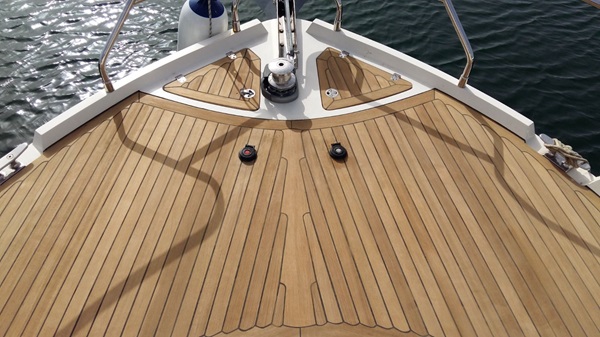
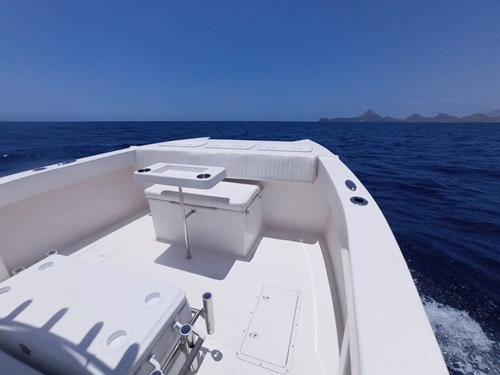
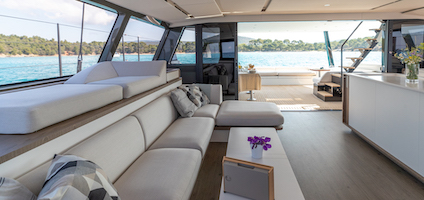
Yacht interiors are designed with high-quality materials that not only enhance the aesthetic appeal but also ensure the longevity of the vessel. Some of the most common materials found in yacht flooring include:
- Teak Wood: Teak is a popular choice for both interior and exterior decks due to its durability, resistance to water, and natural beauty. However, teak is also a soft wood, prone to dents and scratches from hard-soled shoes.
- Flexiteek : Patented synthetic alternative to traditional teak decking, offering the same stunning appearance as real teak. Available in a range of stylish, contemporary colors.
- Fiberglass: Many yachts have fiberglass floors, especially in areas exposed to water. Fiberglass is durable and resistant to moisture, but its smooth, polished surface can be easily scuffed or scratched.
- Carpet: In the more luxurious areas of the yacht, such as living spaces or bedrooms, plush carpets are often used. These carpets, though comfortable, can be quickly damaged by dirt, sand, and debris carried in on shoes.
The materials used on yachts are chosen for their blend of style and practicality, but they require proper care and maintenance to preserve their condition. Shoes—especially ones with hard soles—can easily damage these delicate surfaces.
Read also: Yacht VS boat what are the differences ?
Why Are Shoes Not Allowed on Yachts?
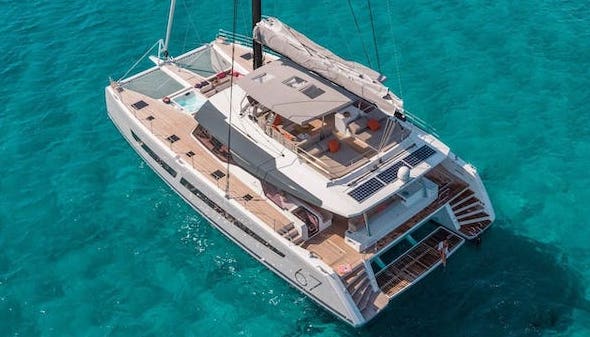
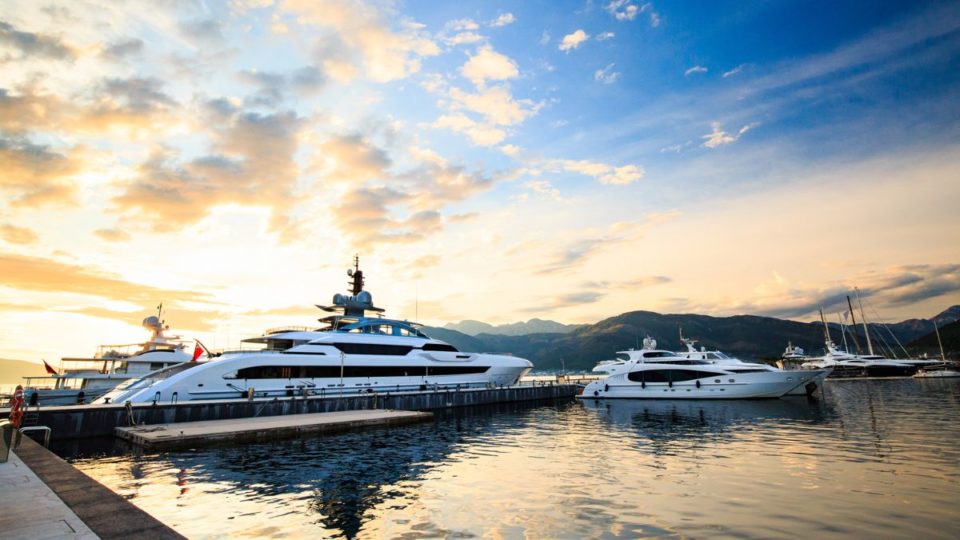

There are several reasons why wearing shoes onboard is generally discouraged:
- Protecting the Deck: As mentioned, yacht decks are often made from soft or delicate materials like teak wood, which can be easily scratched by shoes. Even small amounts of dirt or pebbles caught in the soles can leave permanent marks.
- Safety Concerns: Yachts are designed with smooth, sleek surfaces, and hard-soled shoes can make it easier to slip, especially when the deck is wet. Going barefoot or wearing non-slip shoes helps prevent accidents and ensures a better grip.
- Hygiene and Cleanliness: Yachts are often pristine, and owners or captains aim to keep them that way. Shoes bring dirt, sand, and other debris from the outside world, which can quickly dirty the floors. By asking guests to go barefoot or wear special footwear, yacht owners maintain a cleaner environment.
- Comfort and Relaxation: Yachting is all about luxury and relaxation, and removing shoes contributes to the overall comfort of the experience. Walking barefoot on a teak deck, for example, allows guests to feel the warmth of the wood, enhancing the sense of connection with the sea and the yacht itself.
Read also: 13 Must-Have Boat Accessories For Your Next Sailing Adventure
What Can You Wear Instead? Special Yacht Footwear
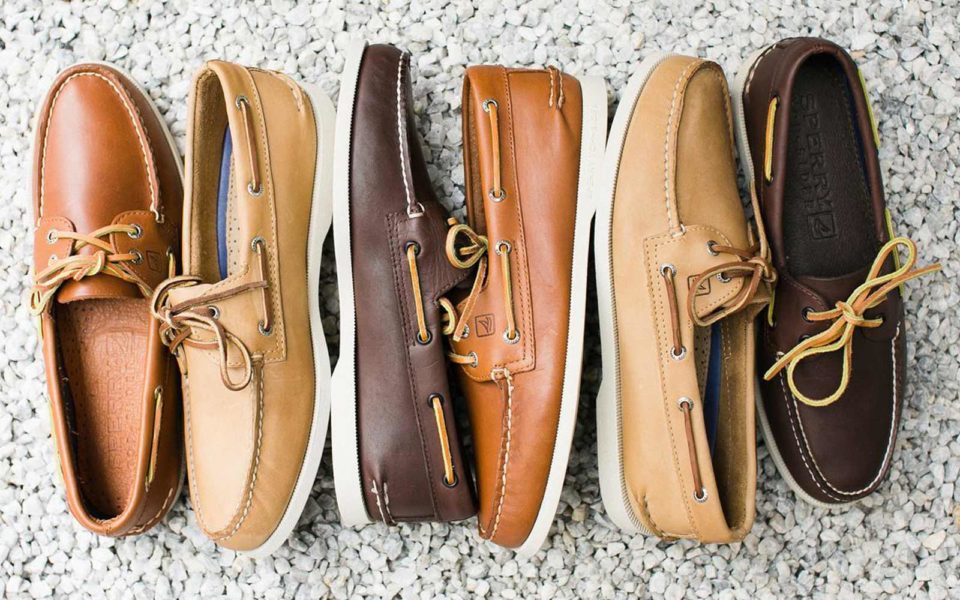
Of course, the no-shoes rule doesn’t mean you have to go entirely barefoot at all times. There are special types of footwear designed specifically for use on yachts that address both safety and comfort concerns:
- Deck Shoes: These are specially designed shoes with non-marking rubber soles that provide excellent grip on slippery surfaces. They are lightweight, breathable, and stylish, making them a popular choice for yacht owners and guests alike.
- Barefoot Shoes: For those who prefer the feeling of being barefoot but still want some protection, barefoot shoes are a great option. These are thin, flexible shoes that mimic the feeling of going shoeless while offering a layer of protection against hot surfaces or potential hazards.
- Non-Slip Socks: In more casual settings or when inside the yacht, non-slip socks are often used. They provide some warmth and grip while preventing the dirt and damage associated with regular shoes.
- Yacht Slippers: Some luxury yachts offer their own branded slippers for guests to use. These are designed to be both comfortable and functional, ensuring the yacht’s deck remains protected while still offering a touch of elegance.
Read also: What to Pack for a Yacht Charter: Download Our Essential Checklist
Conclusion
Wearing shoes on a yacht is typically discouraged for several good reasons, from protecting the delicate materials of the deck to ensuring the safety and comfort of everyone onboard. However, that doesn’t mean you need to go barefoot all the time. With options like deck shoes, barefoot shoes, and yacht slippers, you can still maintain style, safety, and comfort while respecting the yacht’s rules.
Next time you board a yacht, remember to ditch your shoes, embrace the luxury of walking barefoot or slip into a pair of yacht-friendly footwear designed for both function and elegance.




